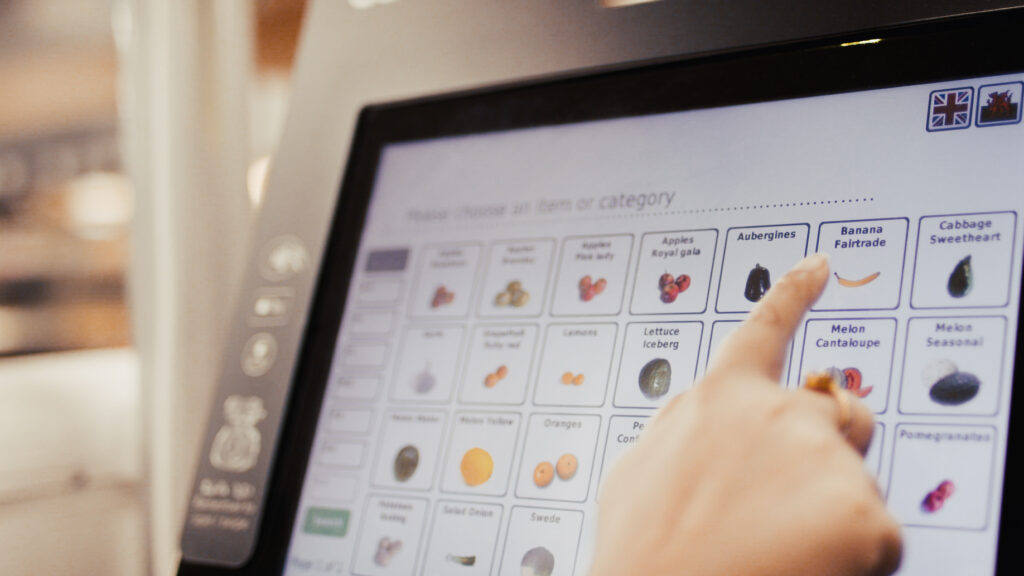Design is so much more than a decorative layer; it’s a strategic force shaping how digital products perform, scale, and connect with users. Research from McKinsey’s Business Value of Design report shows that organisations with strong design capabilities outperform their peers by over 200% on the S&P 500. This reflects a significant shift in how UX and UI design are viewed, not just as tools for execution, but as an integral part of business success.
Today’s leading organisations are embedding UX and UI thinking into every stage of product development. Designers are moving beyond interface creation and stepping into strategic roles informing roadmaps, shaping KPIs, and influencing customer outcomes. The impact and importance of UX and UI roles are growing, as more organisations recognise the commercial value that well-designed, seamless digital experiences can bring.
The Evolving Role of UX and UI Professionals
This evolution signals a broader transformation in digital product development. UX and UI professionals now contribute throughout the entire lifecycle, from discovery research and information architecture to wireframing, prototyping, and usability testing.
Modern designers work collaboratively across functions, using tools like Figma, FigJam, and Miro to connect in real time with product managers, developers, and data teams.
Artificial intelligence is accelerating these changes. From automating design tasks to personalising user experiences through behavioural insights, AI is reshaping both the design process and the expectations placed on designers. In this environment, UX professionals are no longer just designing interfaces; they’re creating intelligent systems and influencing how behavioural data is translated into strategy.

Human-Centred Design as Strategic Infrastructure
At the heart of this evolution lies Human-Centred Design (HCD), a methodology that prioritises empathy, ethics, and user context alongside functionality. As user experience becomes increasingly influential in business outcomes, ethical design is no longer optional.
For instance, the rise of one-click payment features and frictionless checkout flows has enhanced convenience but also introduced behavioural risks. Surveys show that a significant number of users regret purchases made through simplified credit models, raising important questions about ethical responsibility in UX design.
Designers must now anticipate these outcomes, balancing commercial goals with inclusive, responsible practices. This requires strong research capabilities, the ability to interpret user data, and a deep understanding of behavioural psychology.
A modern UX/UI designer needs more than visual creativity. They must be fluent in research methods, confident in prototyping and usability testing, and capable of advocating for user needs within complex, cross-functional teams.
In this landscape, designers are no longer seen as just digital designers; they are strategic assets who connect user experience with measurable business impact. To operate at this level, professionals need both theoretical knowledge and practical, hands-on skills.
Bridging the Gap: The Advanced Certificate in UX & UI Design Practice
For professionals looking to build or deepen their expertise, the Advanced Certificate in UX & UI Design Practice from PACE combines advanced theory with real-world application.
Spanning 14 weeks in an online cohort format, the course explores the full UX/UI process from research to delivery. Participants learn to plan and conduct user research, create personas, build wireframes, prototype interactions, and conduct usability testing using industry-standard tools.
As digital products become more integrated into every aspect of life and business, the ability to design seamless, inclusive, and emotionally resonant experiences is no longer a niche skill; it’s a critical capability.
Whether you’re a junior designer looking to step up, a front-end developer aiming to collaborate more effectively, or a creative professional transitioning into product design, developing expertise in UX and UI isn’t just about learning tools; it’s about thinking differently.


